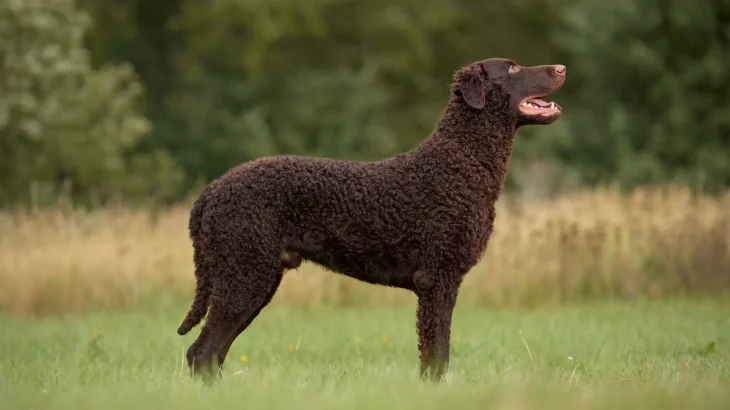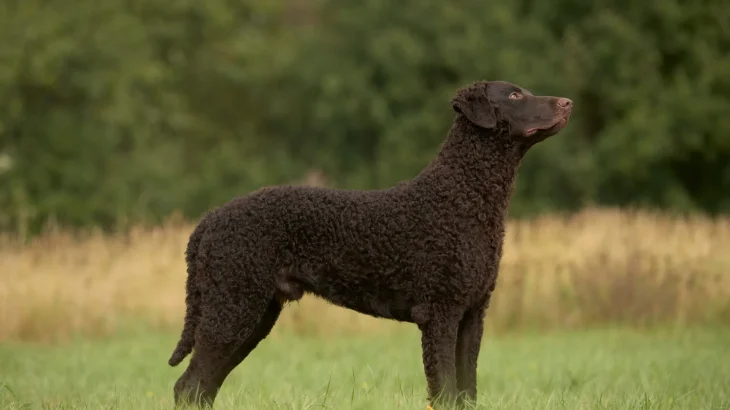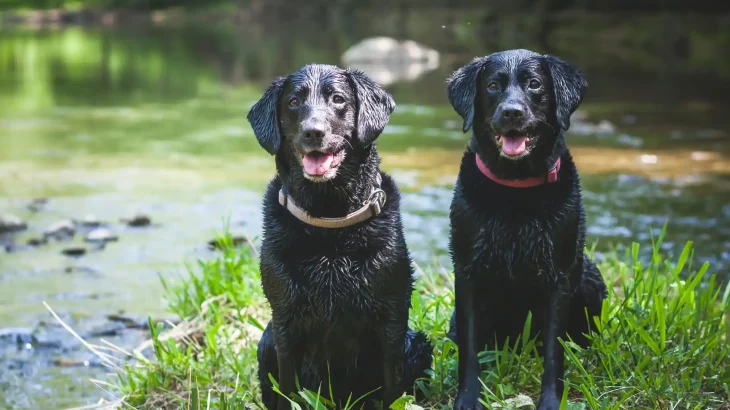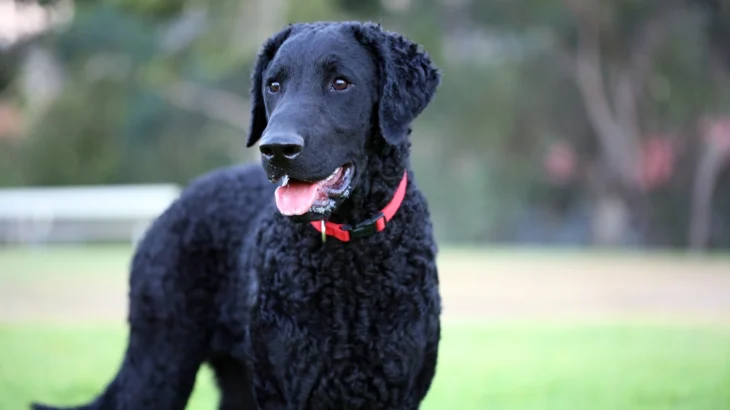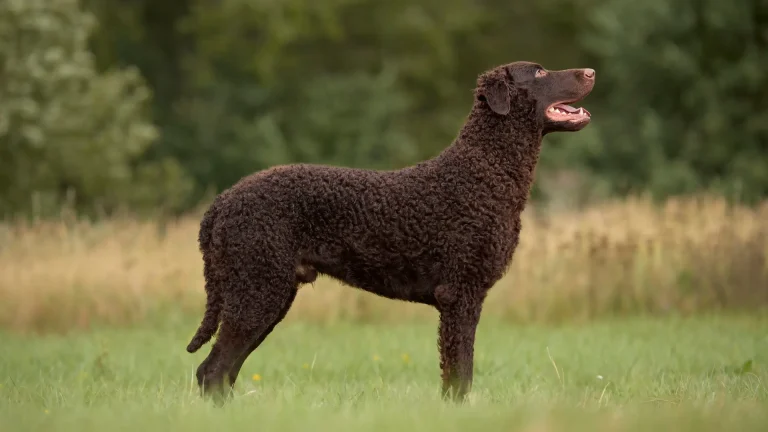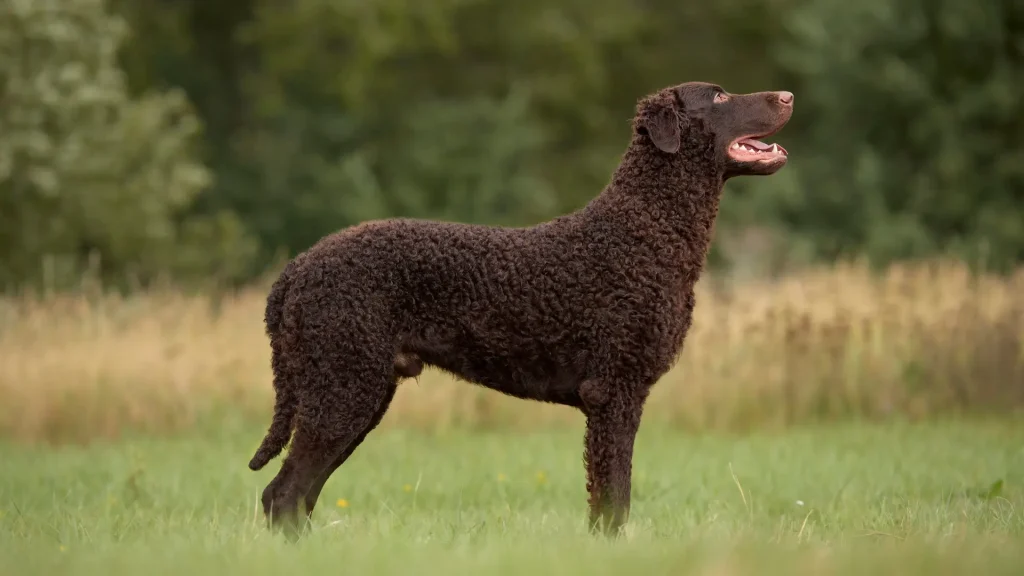Deciding whether to adopt or buy a Curly-Coated Retriever puppy depends on what matters most to you, such as knowing the puppy's background or giving a dog a second chance at a happy home. Purchasing from a breeder often provides more predictability about health and lineage, while adoption gives you the rewarding opportunity to rescue a dog in need, though breed-specific puppies can be rarer in rescues.
Adoption vs. Breeder: Pros & Cons
| Criteria | Buying from Breeder | Adopting from Shelter/Rescue |
|---|---|---|
| Cost | Typically higher, around $1,000-3,000 for a Curly-Coated Retriever puppy. | Lower fees, usually between $50-300, often including vaccinations and spaying/neutering. |
| Health History | Detailed health records and genetic history are usually provided. | Health history may be limited or unknown; shelters provide basic health checks. |
| Age Availability | Primarily puppies, letting you raise your dog from the start. | Wide range of ages including adults and seniors, though puppies are less common. |
| Temperament Insight | Breeders can share lineage traits and early behavior. | Shelter staff can provide observations on current temperament, but full history may be unknown. |
| Supporting Practices | Supports breeding programs preserving breed qualities; choose ethical breeders. | Supports animal welfare and gives a home to dogs that might otherwise be overlooked. |
| Breed Purity & Pedigree | Guaranteed purebred with documented lineage. | Breed purity may be uncertain unless via breed-specific rescues with verification. |

